How to use and make a sliding dovetail saw
Step-by-step instructions on this hand-cut joint from a woodworking legend Tage Frid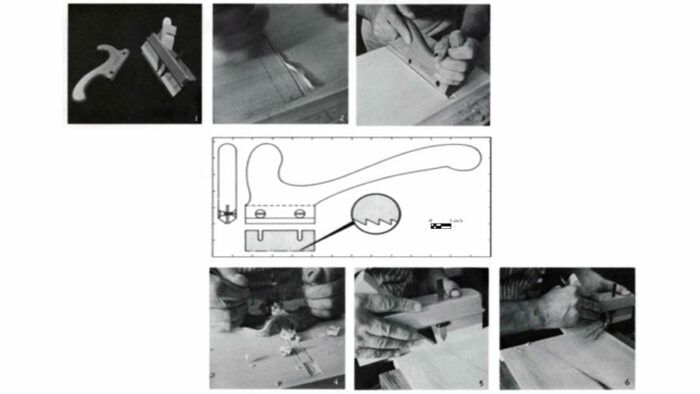
Originally titled “Making Hand-Cut Sliding Dovetails” in Fine Woodworking #5—Winter 1976
Hand-cut sliding dovetails require a special dovetail plane and saw. (See Figure 1.) The position for the groove is marked with a framing square and scribed. The angle of the taper is drawn in. For lumber 3/4 in. or thicker I use about a 1 /8-in. taper. If the groove is to be stopped in the front I mark off where the joint ends. All lines are scribed and scored deeper with a chisel. This is important since the cutting is across the grain. A slight vee is pared off of each line the whole way down. (Figure 2.)
If the joint is to be hidden the end is chiseled out. This stops the groove and provides an opening to start the saw in. The straight side is sawed at 90° and the tapered side is sawed at an angle using the saw shoulder as the guide. (3) The router plane cuts out the mass of material and the groove is finished. (4) The depth of the dovetail is marked onto the edge of the other board with the arrow-shaped blade in the dovetail plane. The depth of the dovetail is marked onto the edge of the other board with the arrow-shaped blade in the dovetail plane. (5)
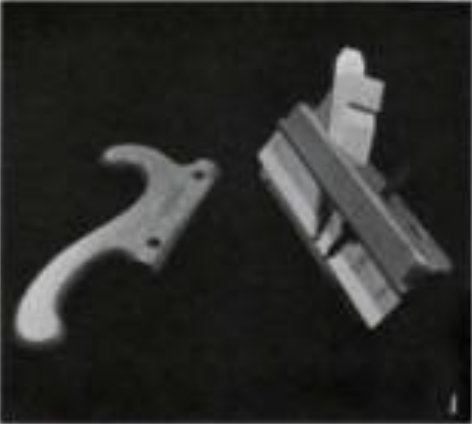 |
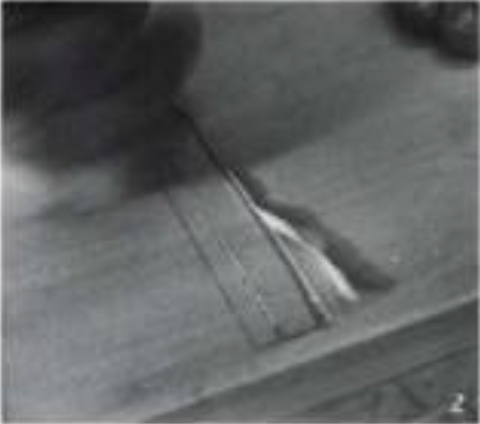 |
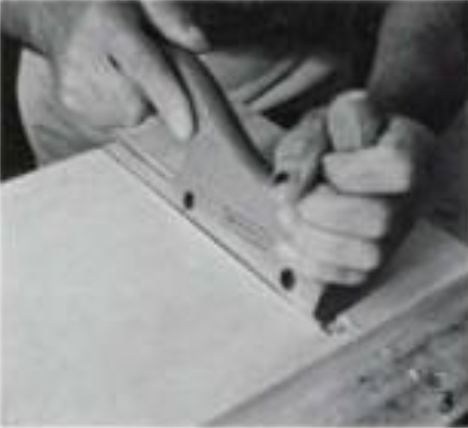 |
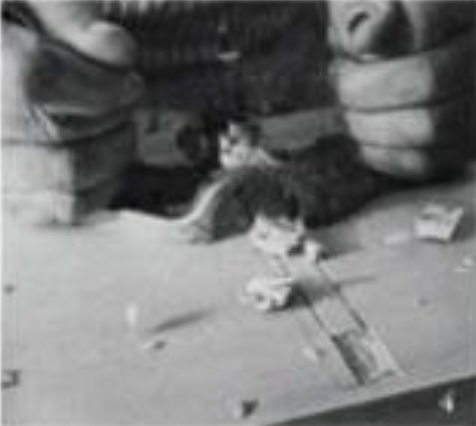 |
 |
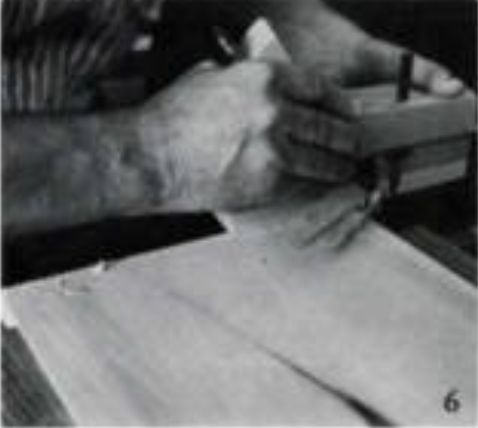 |
The router plane cuts out the mass of material and the groove is finished. I make the dovetail 1/32 in. shorter than the depth of the groove. The planing is continued until the piece appears to be the right size. (6)
It should slide in easily at first and become very tight in the last fifth of the groove. One or two more passes with the plane with testing in between should result in the desired fit. If the joint is hidden, the front of the dovetail is pared off.
To make a sliding dovetail saw you will need a piece of hardwood (maple, beech, or, fruitwood) 1 in. thick x 5-½ in. wide x 13 in. long and two flat-head 3/16 x 1-in. bolts with tee-nuts. The blade can be an old band saw or bow saw blade. It should have 10 points to the inch, although 8 will do. I use a ripsaw blade, which I find cuts better and faster than a crosscut. The slots allow the blade to be set to the desired depth.
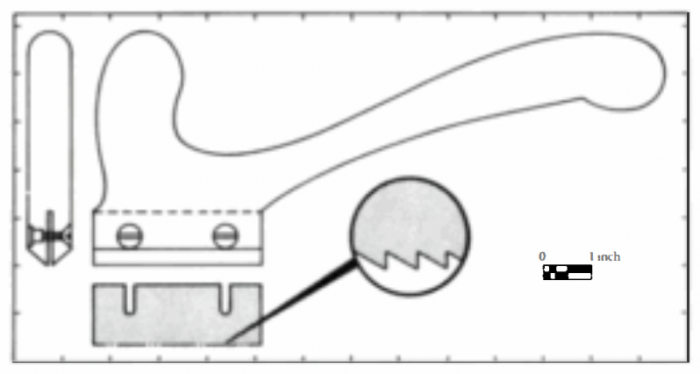
More from Tage Frid
 |
Sawing by handLegendary Danish-born woodworker Tage Frid extols the virtues of handsaws over machine-powered saws. |
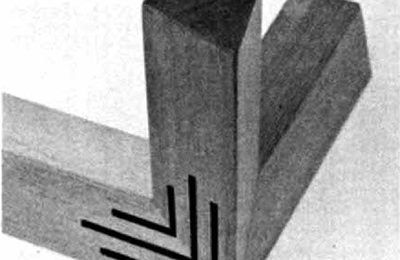 |
Three decorative jointsEmphasize the outlines with contrasting veneers and splines |
 |
Mortise and tenonIn this classic from the archives, legendary furniture maker and teacher Tage Frid explains how to choose and make the basic mortise-and-tenon joint. |


















Comments
Tage Frid methods are still some of the best ever printed. His books are still the three I highly recommend.
Log in or create an account to post a comment.
Sign up Log in